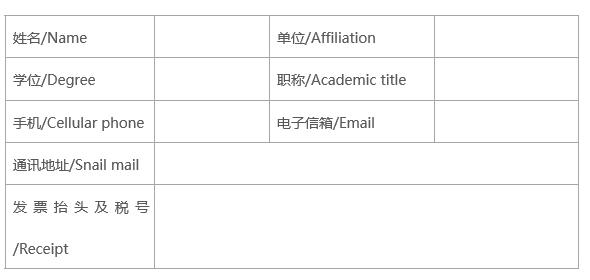据有关专家预测,多模态信息分析是未来的一个重要研究方向。目前,越来越多的领域关注多模态信息研究,但多模态理论的发展和多模态技术的研制依然任重道远。为了对接国家战略,加强多模态研究,上海交通大学马丁适用语言学研究中心于2018年7月14—16日举办“多模态信息分析专题研讨会”。我们特邀国际著名多模态专家、MMAV多模态软件创制人Kay O’ Halloran教授作主旨发言。本次研讨会免费提供一个月的MMAV软件使用权。参会人数限额30人,先到先得。参会者需提交200字左右的论文摘要,连同回执于6月1日前一并发至martincentre@163.com。主旨发言人的工作语言为英语;分会场发言人的工作语言为英语或汉语。因MMAV软件的理论基础是系统功能语言学,所以建议参加本次研讨会的学者,同时参加2018年7月11—13日举办的“系统功能语言学及其适用性专题研讨会”。
参会者要求
一台笔记本电脑以及一段供分析的视频(格式为mpg.、avi.、mov.、mp4.、wmv.、flv.或m4v.)
会务费
现场注册:人民币2000元
提前注册(2018年6月10日):1500元
研究生:1000元(凭有效学生证)(交通及食宿均由参会者自理。)
报名方式
即日起开始报名,截止日期为2018年6月1日。
请填好报名表,连同论文摘要一并发至马丁中心电子邮箱martincentre@163.com。

研讨会地点
上海市闵行区东川路800号,上海交通大学(闵行校区)外国语学院214室
报到时间
2018年7月10日下午2:00—8:00
报到地点
上海交通大学(闵行校区)外国语学院213室(马丁适用语言学研究中心)
联系人:王冬燕
电话:13671954335
主旨发言人简介
Kay O’ Halloran教授简介
Professor Kay O’Halloran’s research field is multimodal discourse analysis, involving the study of the interaction of language with other resources (e.g. images, sound, gesture, movement, 3D objects and space) in multimodal texts, interactions and events. She established a research program in the Multimodal Analysis Lab at the National University of Singapore that involved developing new digital tools and techniques for the study of language and other resources in different media contexts. The outcomes included prototype software tools for multimodal analysis, modeling and visualization techniques for interpreting high-dimensional multimodal data, and computational techniques for analysis of large multimodal datasets. Professor Kay O’Halloran is research leader of the Multimodal Analysis Group at Curtin University (2013-present), where she has established a research program that aims to combine multimodal analysis with data mining and information visualization for big data analytics.
研讨会信息简介
The aim of this symposium is to apply systemic functional linguistic theory and multimodal software for analyzing videos to those who participate in the program.
Systemic Functional Linguistics (SFL) is one of the most well developed linguistic theories in the world. From the beginning of its development, M.A.K. Halliday was concerned with language as a system (i.e. the meaning potential) and language as text (the actual choices made in communicative situations), which was quite distinct from other schools of linguistics. Halliday views language together with the social context, and emphasizes the social accountability of his linguistic theory.
The multimodal approaches take systemic functional theory (SFT) as its theoretical foundation. Professor O’Halloran and her colleagues developed a multimodal software, MMAV, which is widely used to analyze multimodal discourse. The software has facilities to organize and code the analysis of language, image and sound resources according to different systems of meaning (e.g. linguistic, visual, gestural, actional, aural and so forth) for different speakers. The time-stamped annotations can be viewed as an interactive visualization where combinations of multimodal choices are displayed over time. The visualization is dynamic so that the patterns of systemic choices in the video and the time allocated to those combinations of choices can be discerned and related to higher levels of analysis (e.g. O’Halloran et al., 2014; O’Halloran & Lim, 2014). In this way, it is possible to investigate how multimodal resources combine to create meaning at different phases and to identify key patterns across multimodal corpora.
Participants are strongly recommended to attend the symposium of “Systemic Functional Linguistics and its Applicability” held on 11-13 July. In this symposium, we use systemic functional approaches to multimodal analysis, and participants will participant in “hands-on” practical sessions where they will use the multimodal analysis software to analysis different videos. After the basics have been mastered, participants will analyze videos of their own choice and they have the opportunity to discuss the results of their analysis.








